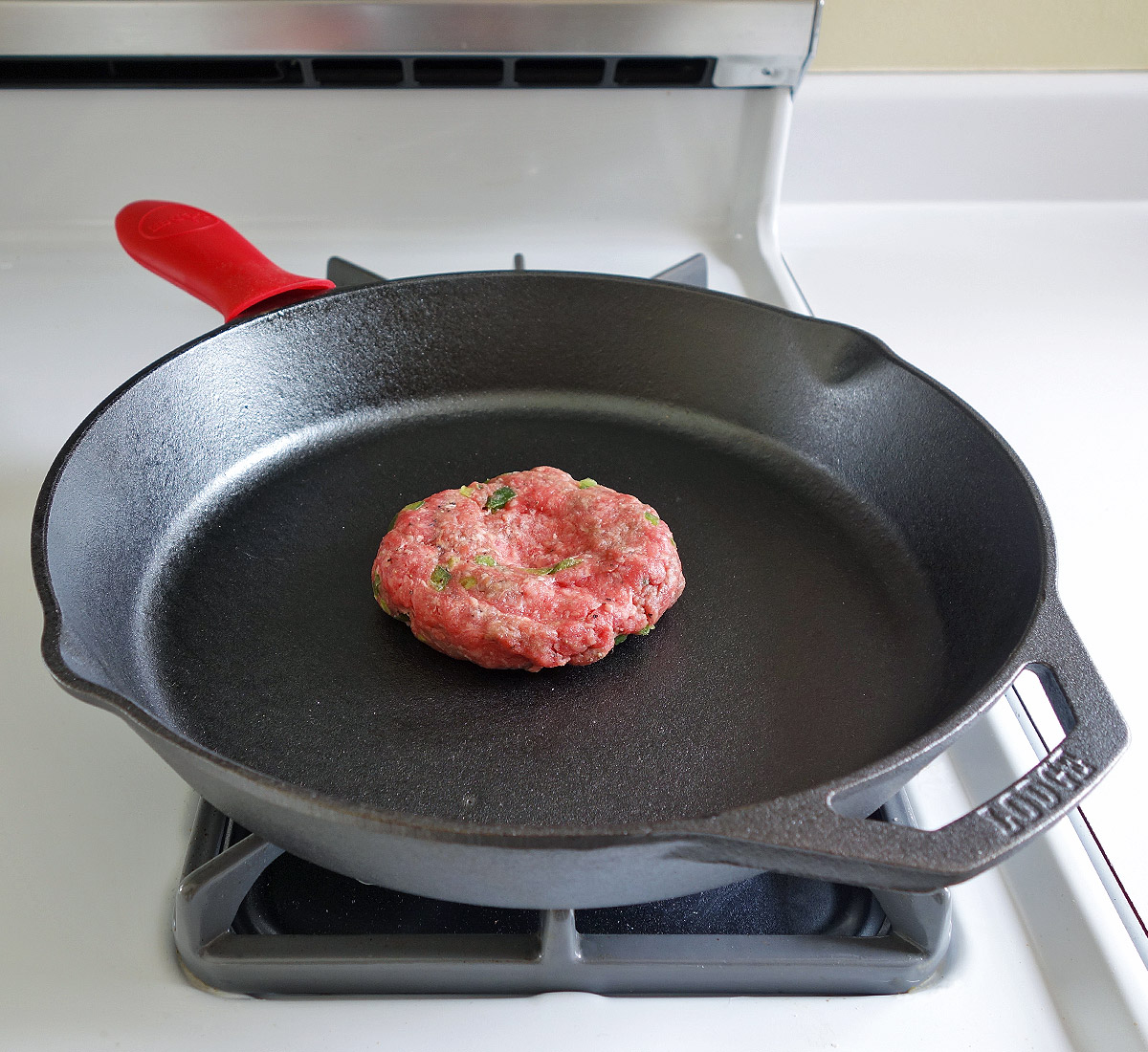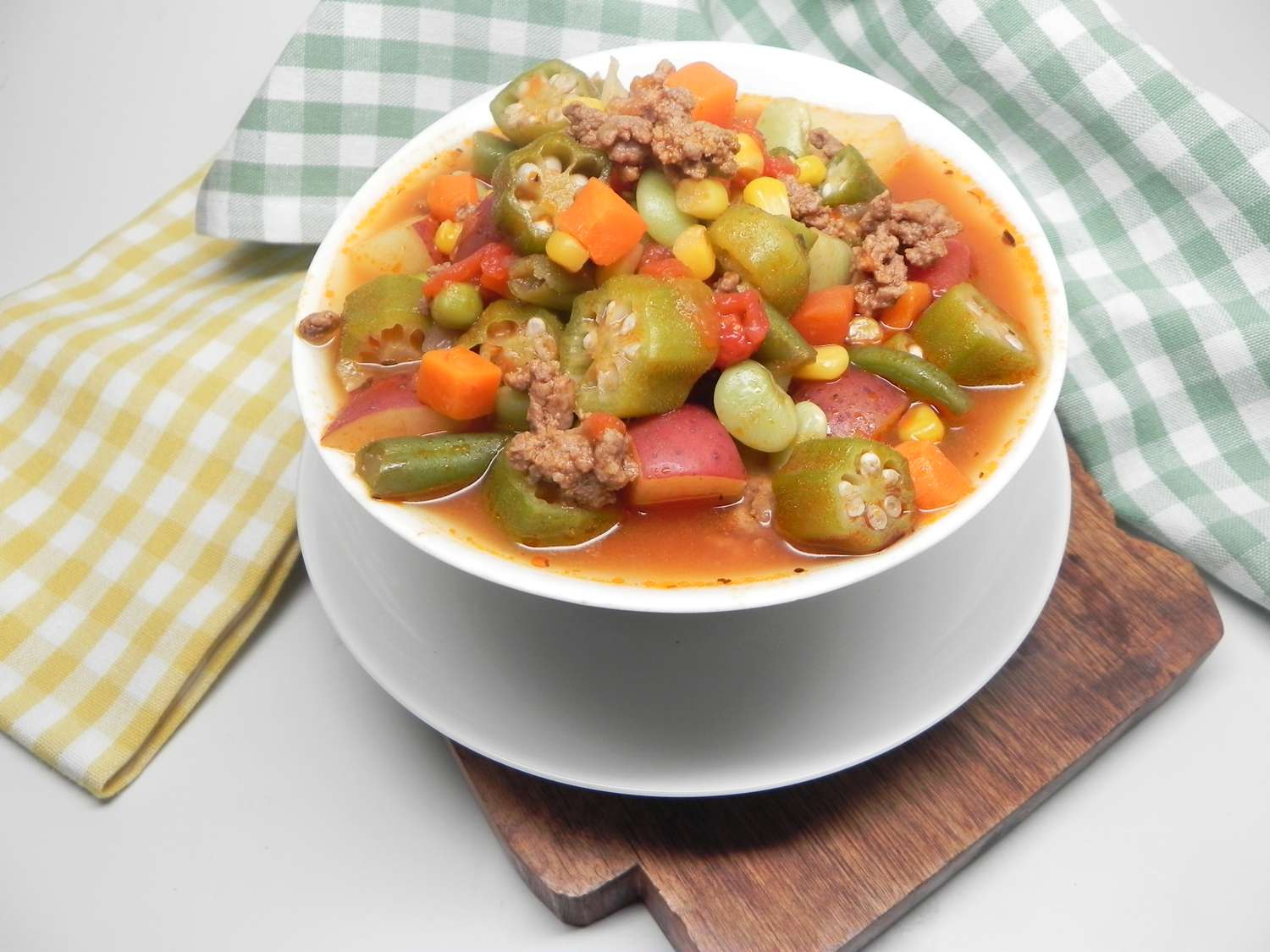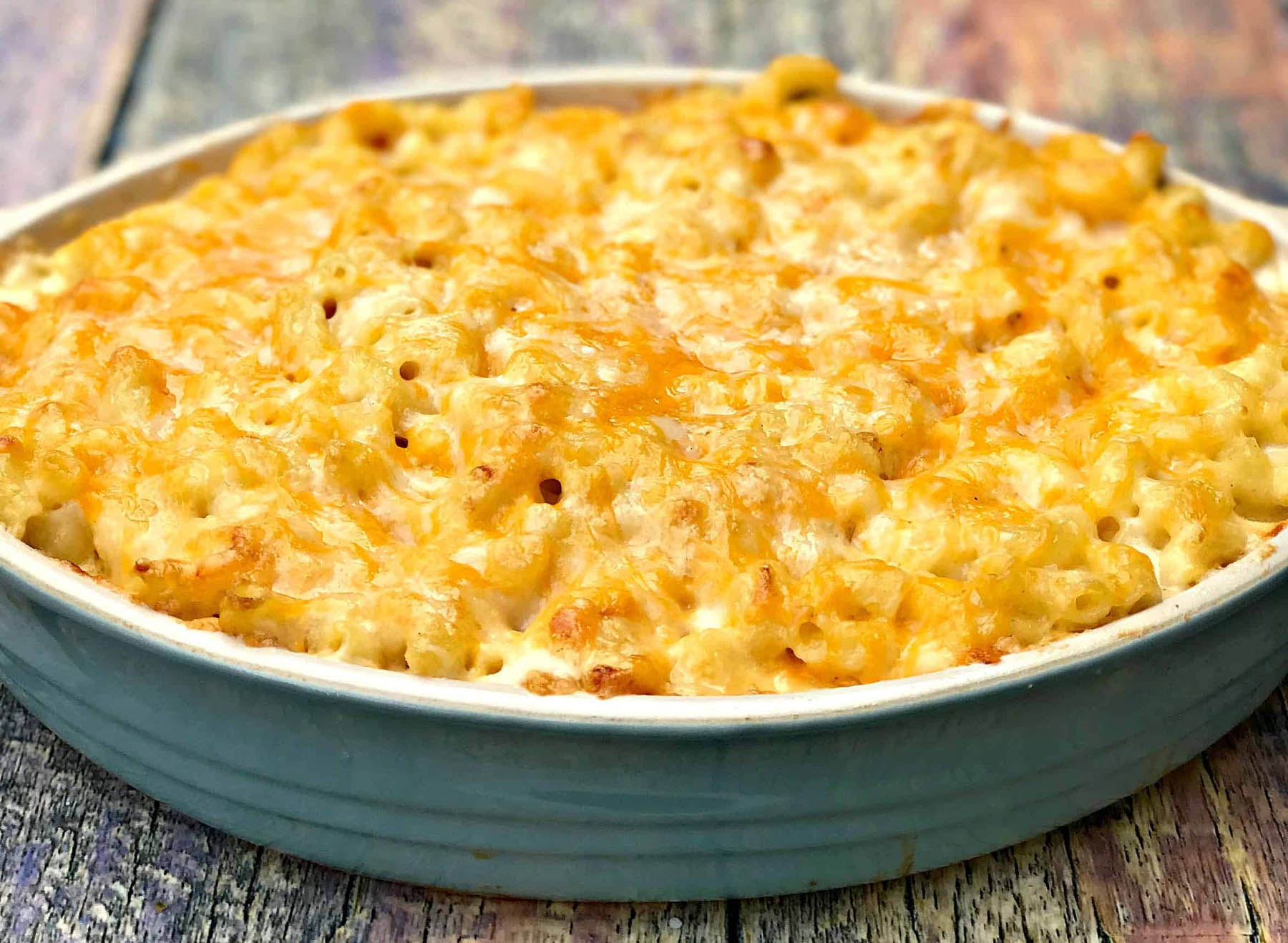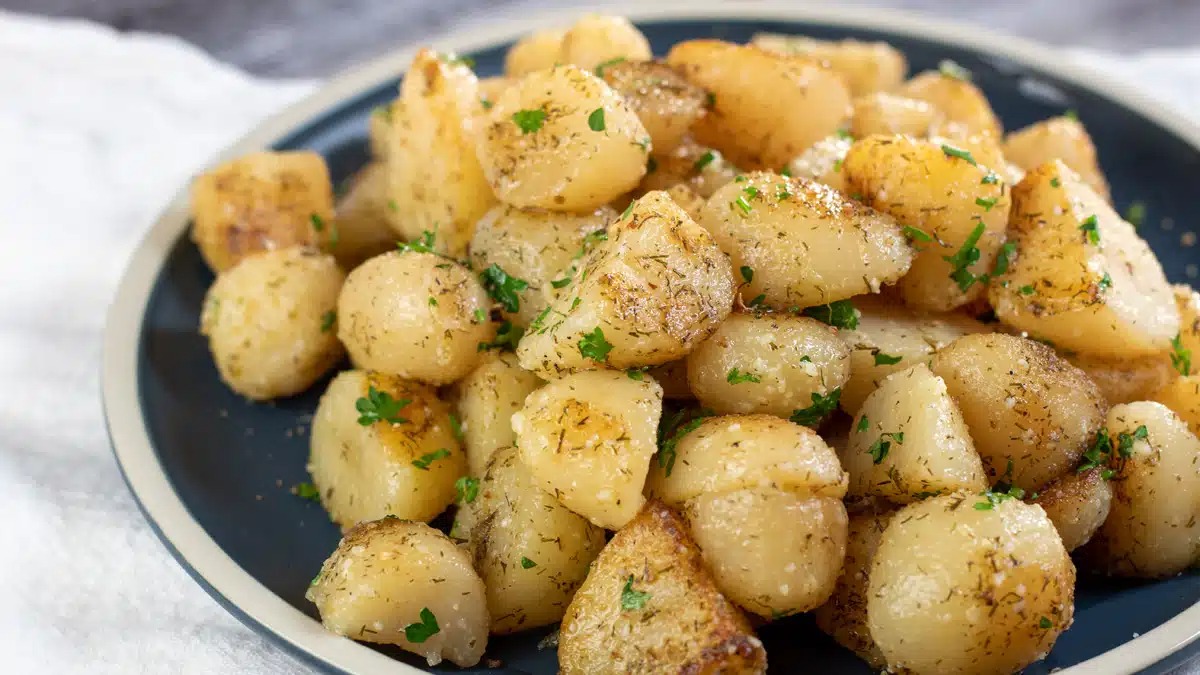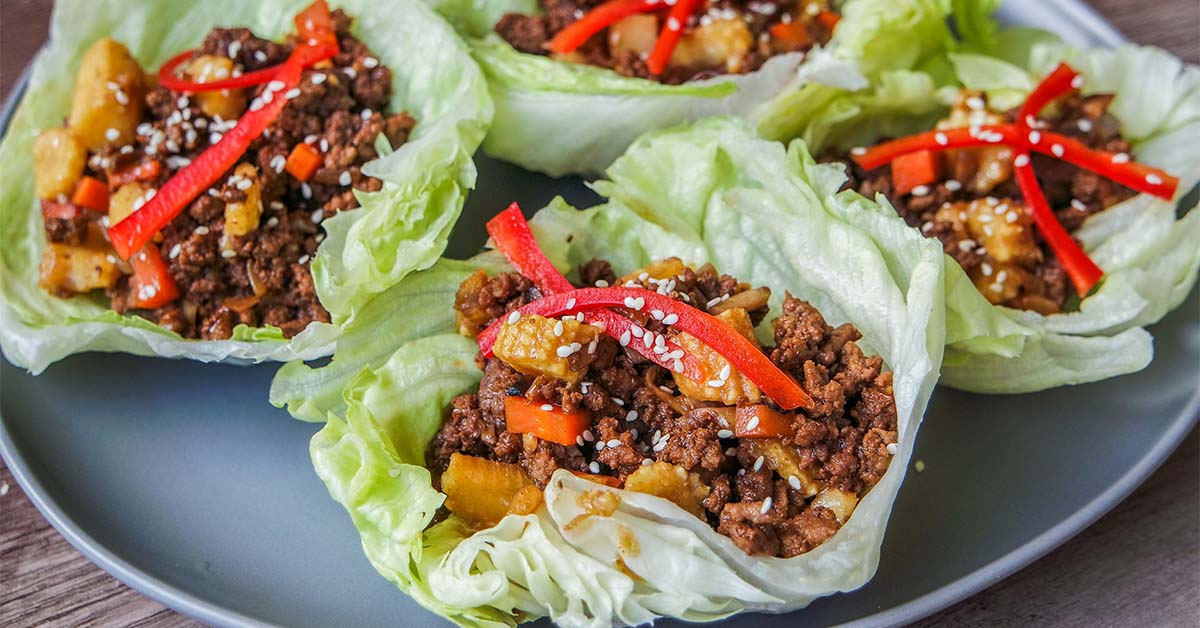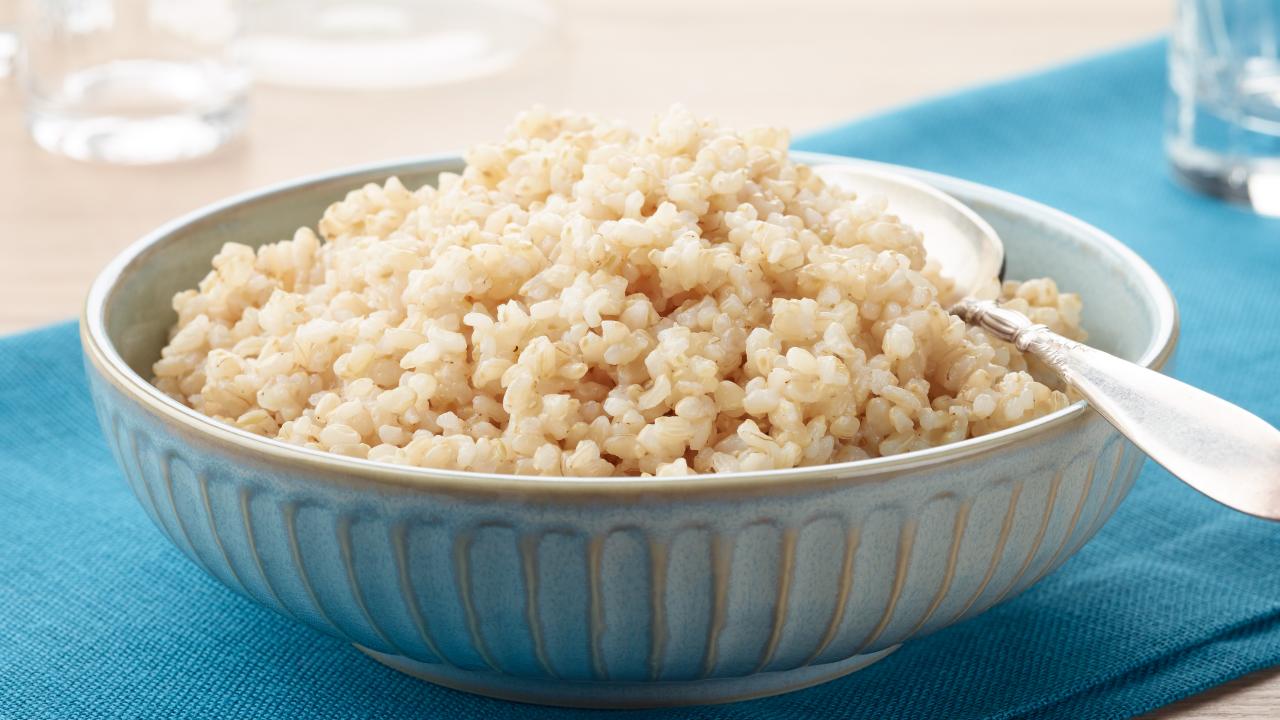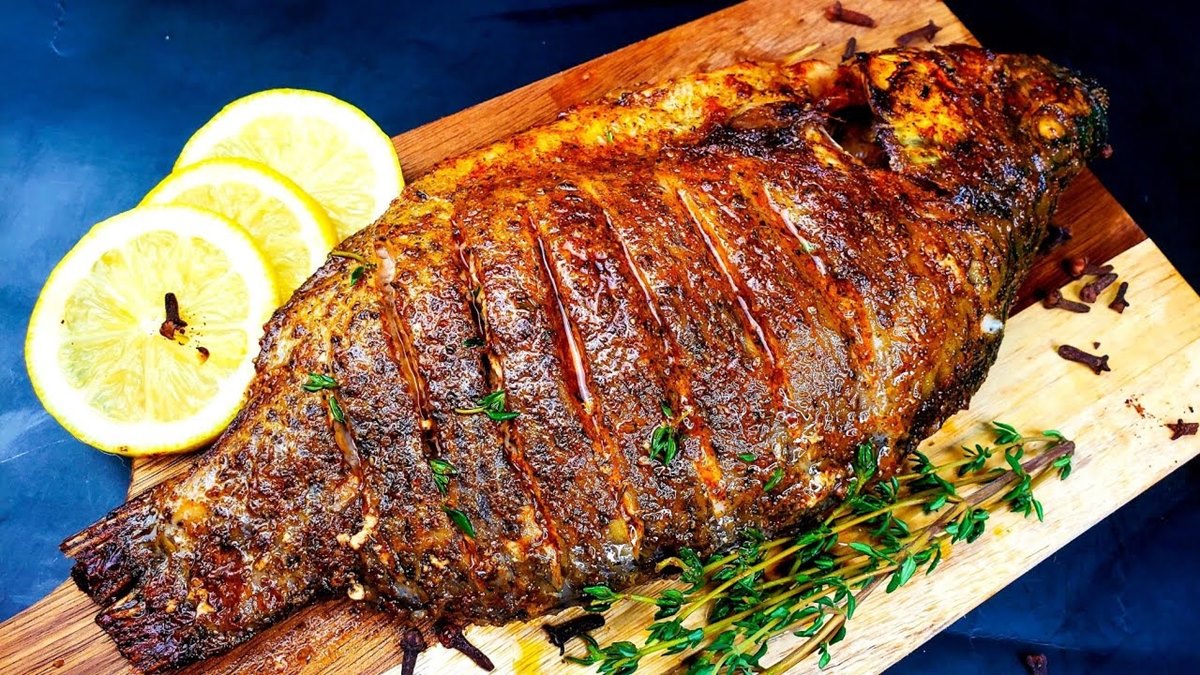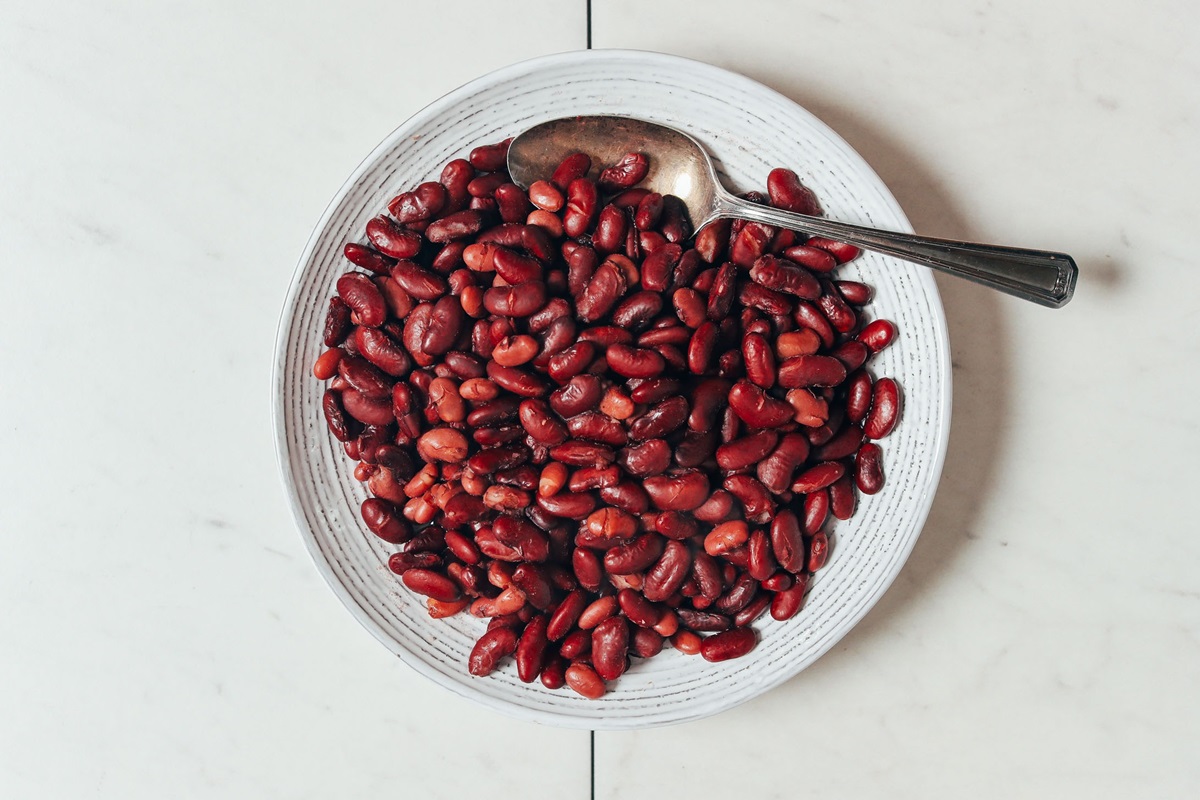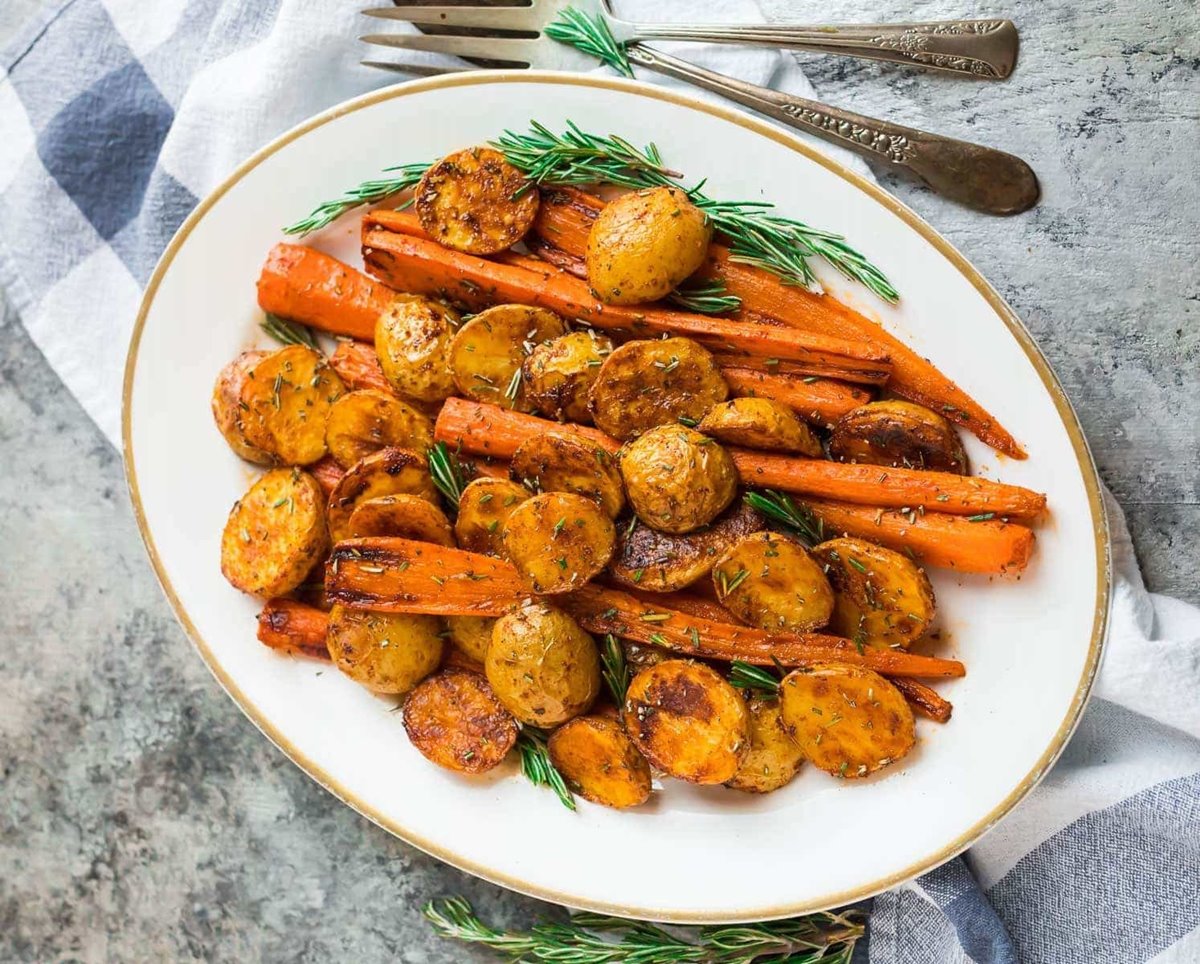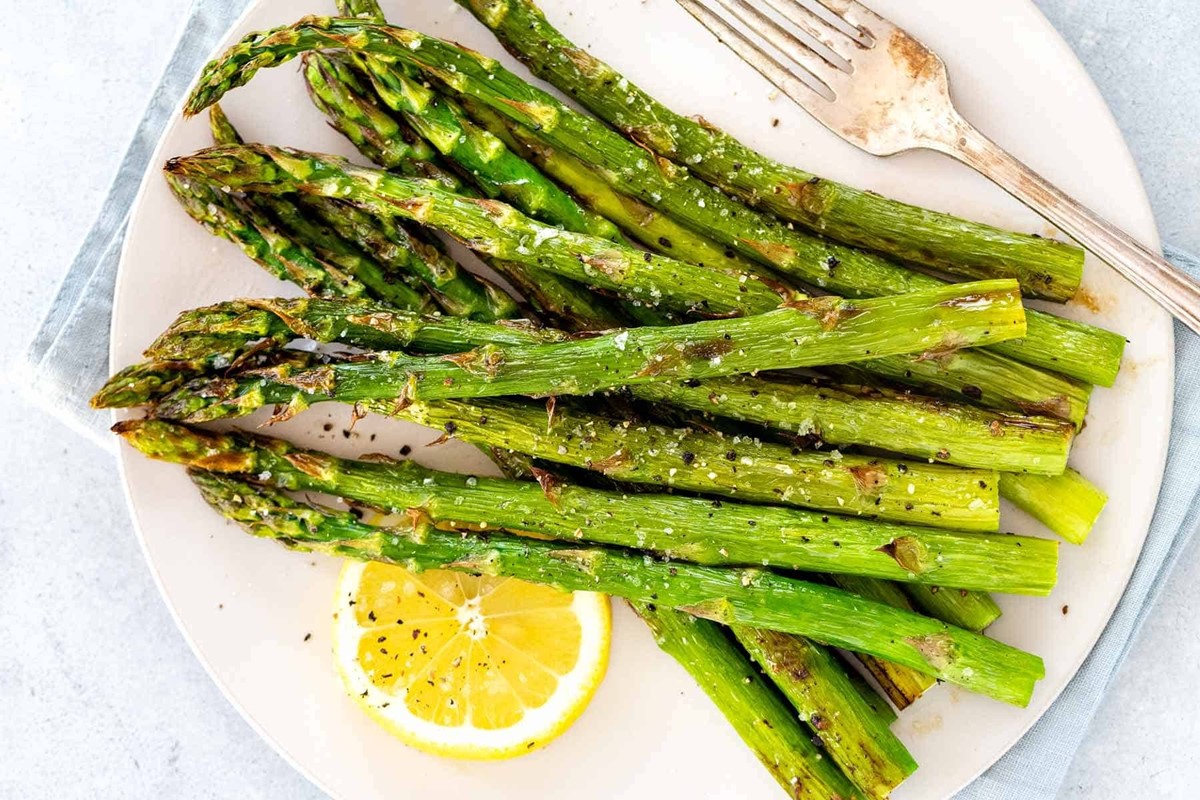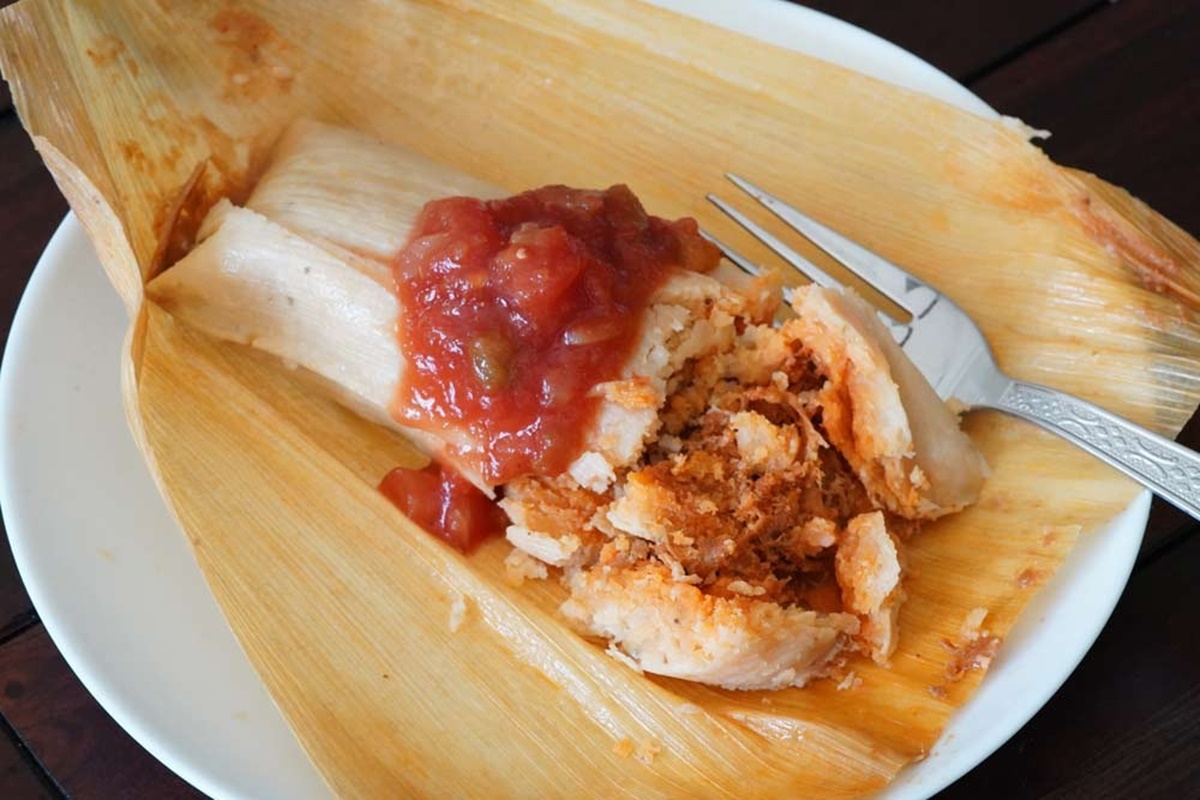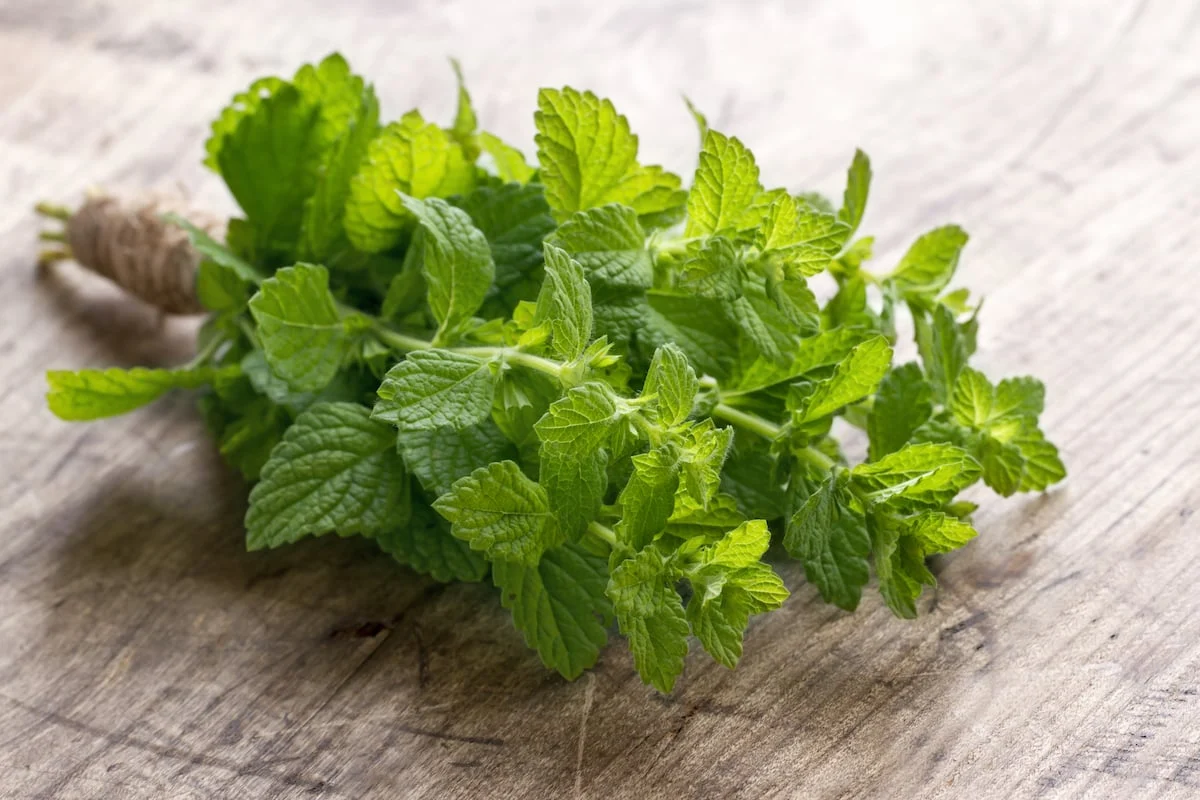Cooking small beef tenderloin might seem intimidating at first, but with the right approach, anyone can turn this premium cut into a mouthwatering masterpiece. Known for its tenderness and rich flavor, beef tenderloin requires minimal seasoning to shine on the dinner table. Whether you're aiming for a succulent roast or perfectly seared steaks, understanding the basics of preparation, seasoning, and cooking techniques is key. From choosing the best cut to mastering the art of timing, this guide will walk you through every step, ensuring your beef tenderloin is cooked to perfection. Ready to impress your guests with a delectable dish? Let's get started.
Essential Ingredients for a Perfect Beef Tenderloin
- Small beef tenderloin (2-3 pounds)
- Olive oil (2 tablespoons)
- Salt (to taste)
- Black pepper (freshly ground, to taste)
- Garlic (4 cloves, minced)
- Rosemary (1 tablespoon, fresh or dried)
- Thyme (1 tablespoon, fresh or dried)
The Right Tools for Cooking Beef Tenderloin
- Sharp Chef's Knife
- Cutting Board
- Roasting Pan
- Meat Thermometer
- Aluminum Foil
- Oven Mitts
- Carving Fork
- Serving Platter
For small beef tenderloin, aim for medium-rare perfection. Sear on high heat, then roast at 375°F. Use a meat thermometer to ensure an internal temperature of 135°F before resting.
The Art of Cooking Beef Tenderloin: Why It Matters
Cooking small beef tenderloin perfectly is all about mastering temperature and timing. This cut, prized for its tenderness and flavor, requires precise heat to ensure it's juicy and succulent. Understanding the right techniques allows amateur chefs to elevate their culinary skills, turning a simple meal into a gourmet experience.
Why we do it? It's not just about the food. It's about the joy of cooking, the satisfaction of nailing that perfect medium-rare, and the smiles around the dinner table. Mastering small beef tenderloin cooking is a testament to patience, precision, and the love of good food shared with loved ones.
Mastering Beef Tenderloin: A Step-by-Step Guide
Step 1: Preheat Oven
- Begin by preheating your oven to 425°F (220°C). This high temperature is crucial for creating a beautifully browned crust on your beef tenderloin.
Step 2: Prepare Beef Tenderloin
- Take your small beef tenderloin out of the refrigerator. Let it sit at room temperature for about 30 minutes. This step ensures even cooking.
Step 3: Season Generously
- Pat the beef dry with paper towels to remove any excess moisture.
- Season all sides of the tenderloin generously with salt and black pepper. For added flavor, you can also rub the beef with garlic powder, rosemary, or your favorite herbs.
Step 4: Sear Beef
- Heat a large oven-proof skillet over medium-high heat. Add 2 tablespoons of olive oil or butter.
- Once hot, sear the tenderloin on all sides until it develops a rich, brown crust, about 2-3 minutes per side.
Step 5: Roast in Oven
- Transfer the skillet with the beef tenderloin into the preheated oven.
- Roast for about 20-25 minutes for medium-rare, or until a meat thermometer inserted into the thickest part reads 135°F (57°C).
- For medium doneness, aim for an internal temperature of 145°F (63°C).
Step 6: Rest Before Slicing
- Remove the beef tenderloin from the oven. Transfer it to a cutting board.
- Tent loosely with aluminum foil and let it rest for 10-15 minutes. Resting allows the juices to redistribute throughout the meat, ensuring it's moist and flavorful.
Step 7: Slice and Serve
- After resting, slice the beef tenderloin into 1/2-inch thick slices.
- Serve immediately, garnished with fresh herbs if desired.
Cooking Tips:
- Oven Variations: Keep in mind that oven temperatures can vary. Start checking the meat's temperature toward the lower end of the roasting time to prevent overcooking.
- Herb Crust Option: For an herb crust, mix your favorite herbs with olive oil and garlic. Apply this mixture to the beef before searing.
- Serving Suggestion: Beef tenderloin pairs well with a wide range of sides, from roasted vegetables to mashed potatoes. Choose sides that complement the beef's rich flavor.
Mastering Small Beef Tenderloin: Final Touches
Cooking small beef tenderloin isn't just about following steps; it's an art that brings warmth to your kitchen and smiles to your table. Remember, choosing quality meat sets the stage for a delectable feast. Seasoning generously and searing on high heat lock in those flavors and juices, making each bite a celebration. Roasting at the right temperature and letting the meat rest are crucial for that perfect tenderness. With these tips, you're not just cooking; you're creating memories around the dinner table. So, next time you're in the kitchen, embrace the process, trust your instincts, and get ready to impress with a perfectly cooked small beef tenderloin. Happy cooking!
For anyone looking to use their culinary skills on a small beef tenderloin, there are a few standout recipes to try. Grilled Beef Tenderloin with Chimichurri Sauce offers a tangy and fresh companion to the rich meat, perfect for an outdoor cookout. Another great option is Beef Tenderloin Medallions with Mushroom Sauce, where the earthy mushrooms beautifully complement the tender beef. Those who enjoy a touch of sweetness might savor Beef Tenderloin with Balsamic Glaze, balancing the savory flavors with a hint of tartness. For a more indulgent take, Beef Tenderloin with Blue Cheese Crust adds a creamy and tangy layer that's hard to resist. Finally, Beef Tenderloin with Peppercorn Sauce provides a classic and robust flavor, ideal for a sophisticated dinner. Each of these recipes allows the cook to explore different techniques and flavors, making them a joy to prepare and a delight to eat.
All Your Questions About Beef Tenderloin Answered
How long does it take to cook a small beef tenderloin?
Cooking time for small beef tenderloin varies based on oven temperature and desired doneness. Generally, roasting at 425°F (220°C) takes about 25 to 30 minutes for medium-rare. Always use a meat thermometer to ensure it reaches the internal temperature of 135°F (57°C) for medium-rare, letting it rest afterward to reach 145°F (63°C).
What's the best way to season a beef tenderloin?
Seasoning beef tenderloin is simple yet crucial for flavor. Start with a generous rub of salt and freshly ground black pepper. For added depth, mix in garlic powder, thyme, or rosemary. Olive oil can help the seasonings stick and add a subtle richness.
Should I sear beef tenderloin before roasting?
Absolutely, searing beef tenderloin before roasting locks in flavors and juices, creating a delicious crust. Heat some oil in a heavy skillet over high heat, and sear all sides until they're nicely browned. This step adds complexity to your dish.
How do I keep my beef tenderloin from drying out?
Keeping beef tenderloin moist involves not overcooking it and letting it rest after cooking. Cook to the right internal temperature, then tent loosely with foil for 10-15 minutes. Resting allows juices to redistribute, ensuring a juicy, tender cut.
Can I cook beef tenderloin ahead of time?
Yes, you can partially cook beef tenderloin ahead of time. Roast it until it's slightly under your desired doneness, then cool and refrigerate. When ready to serve, reheat gently in a 275°F (135°C) oven until it reaches the perfect temperature.
What's the best way to slice beef tenderloin?
For the best texture, slice beef tenderloin against the grain into thick or thin slices, depending on preference. Use a sharp knife for clean cuts. Slicing against the grain ensures each bite is as tender as can be.
How can I make a sauce for beef tenderloin?
Making a sauce for beef tenderloin can be as simple as deglazing the pan used for searing with wine or broth, then adding herbs and simmering until reduced. For creamier sauces, stir in a bit of heavy cream or butter at the end of cooking.
Was this page helpful?
Read Next: How To Cook A Corn Dog
